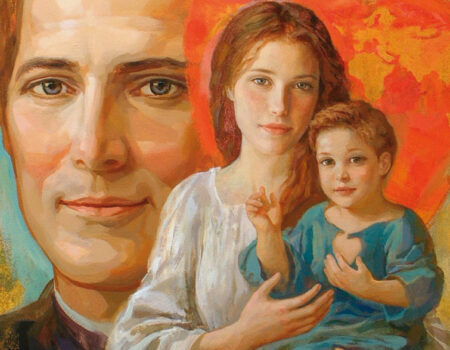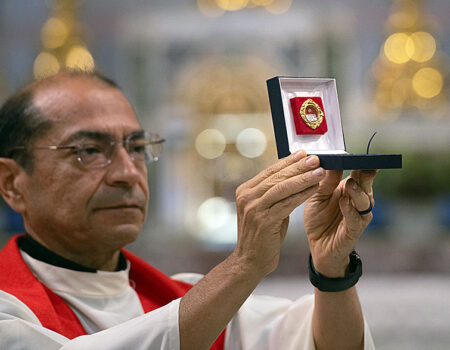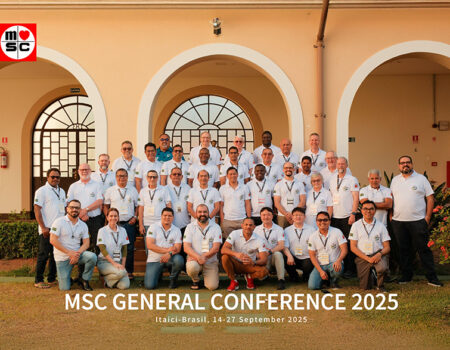Postulation: Understanding the Canonization Process
Sunday December 29, 2024
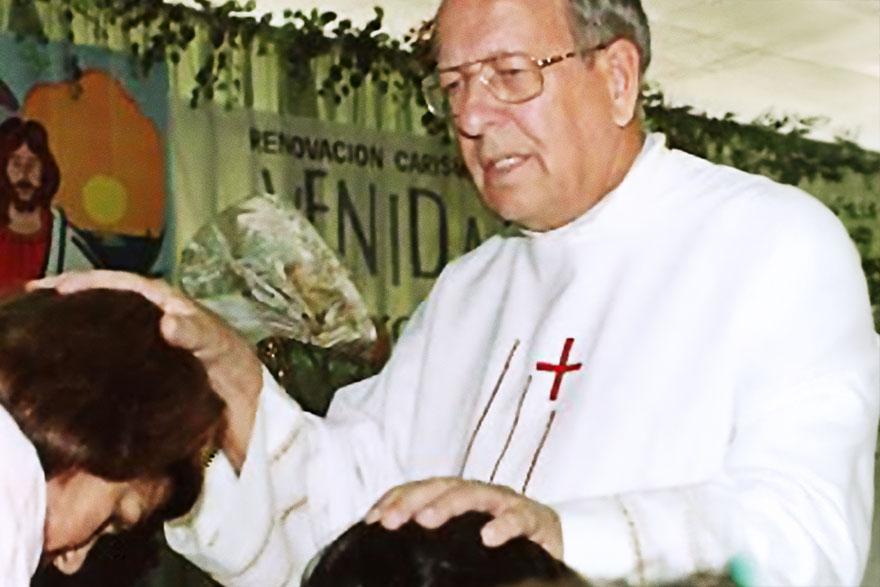
Servants of God and Venerables.
As Postulator General of the Congregation, I am pleased to share some insights about the significance of the titles Servant of God and Venerable within the canonisation process. These are essential initial steps in recognising the holiness of our brothers who lived lives marked by heroic virtue. They represent important milestones on the path toward eventual beatification and canonisation.
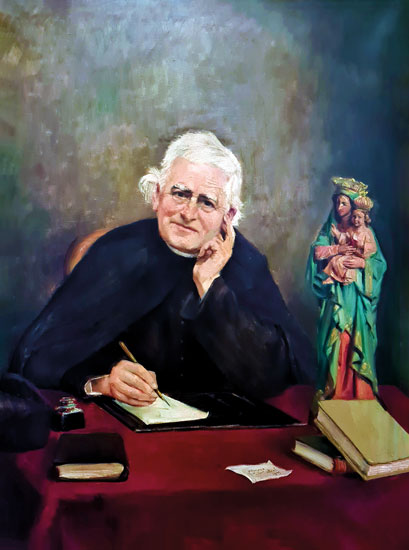
Our Christian journey urges us to remember and celebrate the examples of those who have walked before us. However, it is essential to emphasise that while we may revere the Servants of God and Venerables of our Congregation, they cannot be formally considered saints. This article will explore the distinction between these titles, their practical implications for our community life, and the restrictions imposed to ensure the proper progress of their causes.
1. What is a Servant of God?
The title Servant of God is granted to a candidate for canonisation as soon as the Church officially opens the process. This process begins at the diocesan level and constitutes the first formal stage, authorising a thorough investigation into the candidate’s life, virtues, and writings. The title does not yet imply official recognition of holiness. Still, it signifies that the candidate is worthy of being examined for the possibility of having lived a life of heroic virtue.
2. What is a Venerable?
The title Venerable is a subsequent recognition granted after a detailed examination of the candidate’s virtues. For a Servant of God to be declared Venerable, the Dicastery for the Causes of Saints must evaluate whether the candidate lived the theological virtues (faith, hope, and charity) and the cardinal virtues (prudence, justice, fortitude, and temperance) heroically. Thus, Venerable is a title given to those who demonstrated extraordinary faith and virtue and await a recognised miracle to advance to the next step: beatification. Martyrs are exempt from the requirement of a miracle at this stage.
3. Our Servants of God and Venerables
Currently, our Congregation has the privilege of being involved in eight causes for canonisation, each at different stages. Below is a brief description of our Servants of God and Venerables:
Servants of God
1. Fr. Jules Chevalier (France, 1824-1907). Founder of our Religious Family, Fr. Chevalier, was a visionary who sought to bring the love of the Heart of Jesus to the world. His life of prayer, missionary dedication, and devotion to the Sacred Heart laid the foundation for our congregation and charism.
2. Fr. Emiliano Tardif (Canada, 1928-1999). Born in Canada, Fr. Tardif is known for his ministry of healing and evangelisation, particularly in Latin America. His profound faith and witness to spiritual healing have inspired many to seek a life closer to God.
Venerable
1. Bishop Alain de Boismenu (France, 1870-1953). A missionary bishop in Papua New Guinea, Alain de Boismenu dedicated his life to serving indigenous communities. With unwavering charity and an evangelising spirit, he lived among the poorest and most vulnerable, building bridges of love and faith in regions scarcely touched by Christianity.
2. Bishop Henri Verjus (Italy, 1860-1892). A missionary and bishop in Papua New Guinea, Verjus devoted his brief life to missionary work under challenging conditions. His dedication to the Gospel in foreign lands and his readiness to face adversity made him an example of total commitment to the service of God and the Church.
Addendum: Servant of God Bishop Federico Kaiser Depel
Although not a cause promoted by our Congregation, it is fitting to mention the Servant of God Bishop Kaiser Depel (1903-1980), a Missionary of the Sacred Heart born in Germany. Founder of the Missionary Sisters of Jesus Word and Victim, he distinguished himself by his commitment to proclaiming the Gospel and providing pastoral care in rural and underserved areas. His cause for beatification is promoted by the congregation he founded.
4. Liturgical Restrictions and the Non Cultus Decree
While it is natural for us to remember these brothers in our celebrations, the Church carefully instructs us not to attribute public veneration to Servants of God and Venerables. This precaution is formalised in the Non Cultus decree of Pope Urban VIII (1634), which prohibits public veneration before a candidate’s beatification. The decree aims to prevent unauthorised veneration, which could interfere with canonisation and create false expectations among the faithful.
What does this mean in practice?
· Servants of God and Venerables should not be included in litanies, such as during ordination ceremonies or community prayers. Therefore, expressions like “Father Jules Chevalier, pray for us” should not be used.
· Masses in memory of Servants of God or Venerables must follow the day’s liturgical texts. Texts from the Common of Saints or Common of Martyrs cannot be used.
· Under no circumstances should they be mentioned in the Eucharistic Prayer alongside the Virgin Mary, St. Joseph, or other saints, as they have not yet received formal recognition by the Church. Until they are beatified, they may only be mentioned among the deceased.
5. Historical Context: Pope Gregory IX and the Audivimus Decree
The need to regulate public veneration of candidates for canonisation dates back to Pope Gregory IX, who issued the Audivimus decree in 1234. During his time, a peculiar situation arose in Sweden, where a man killed in a bar fight was mistakenly venerated as a martyr. Gregory IX decreed that public veneration should be restricted to those formally beatified or canonised by the Church to prevent similar occurrences.
These guidelines remind us of the importance of adhering strictly to the Church’s directives. Any practice suggesting public veneration of a Servant of God or Venerable could jeopardise the progress of their causes, as premature public worship is considered an obstacle to canonisation.
As MSCs, we are called to value and respect the sanctity of life of the Servants of God and Venerables of our Congregation while also acting in accordance with ecclesial norms. When we remember the anniversaries of these brothers’ deaths, we should do so discreetly, avoiding any liturgical practice that might suggest unauthorised veneration.
Let us remember that the official recognition of holiness occurs in stages, and we must patiently accompany the process, honouring their memory without exceeding the Church’s guidance.
Conclusion
The lives of our Servants of God and Venerables inspire and strengthen us on our missionary journey. By faithfully following the Church’s guidelines, we respect the canonisation process and contribute to their eventual recognition as saints. May our pastoral zeal always be united with respect for ecclesial norms so that these men of God may become lights and examples for future generations.
May the Sacred Heart of Jesus, to whom these brothers dedicated their lives, continue to inspire and guide us on the path of faith and love for others.
Fernando Clemente, MSC (General Postulator)


